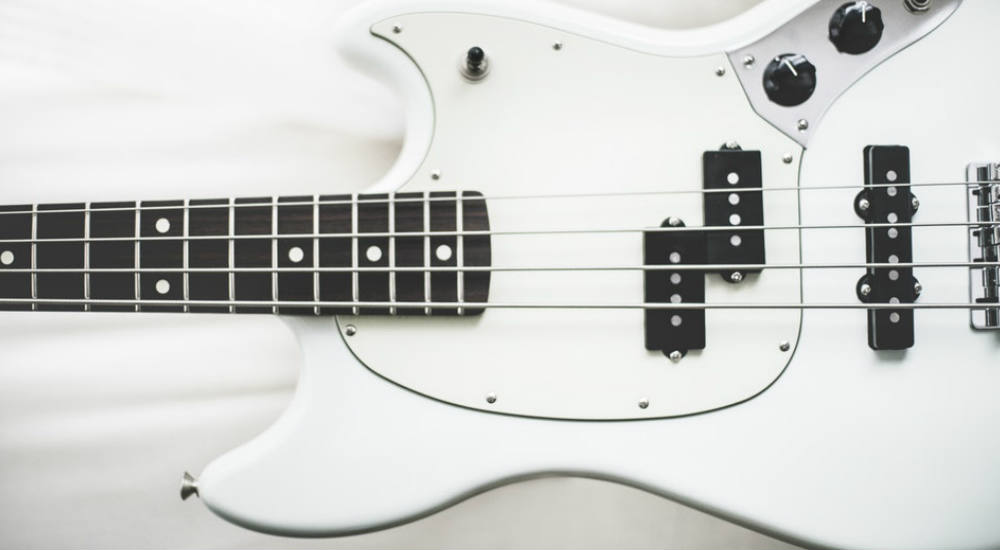Firstly, let’s take Figure A as a quick recap of the II-V-I. In the key of A Major, our II-V-I would be Bm7 – E7 – A. In terms of a bass line you could play root notes, root and fifth or arpeggios as a start. Don’t stress about the feel or style for the moment; just play the parts and get your ear used to the chord progression and overall sound. Obviously playing root notes doesn’t outline the chord quality (major/minor etc.), which can sometimes be a good thing. Alternating the fifth with the root note adds some extra harmonic information while the arpeggios in this instance spell out the full quality of each chord.

What about the substitutions though? Figure B highlights a common use of descending chords to get from the II chord to the I chord. This is done by substituting the flat II chord in place of the V chord. This is a tritone substitution (b5 or #4) – in this case Bb7 instead of E7. Listen to the variations again to get used to the new substitution. From there, you’ll have to use your ear to know when it’s appropriate to use in a musical context.

Moving away from the II – V – I, let’s try it with a straightforward rock-type groove/progression. Figure C uses D – F – G – A for the first four bars, but then substitutes A with Eb in the last bar (tritone). This might seem really simple, but listen to the tension the substitution (Eb) creates in that last bar. Returning to D (if repeated) would then create a feeling of resolution.

Knowing when to add triton substitutions is something that really comes with experience and understanding. But are all substitutions clash-y, I hear you ask? Of course not. More on that next month.
Image via Kari Shea.







